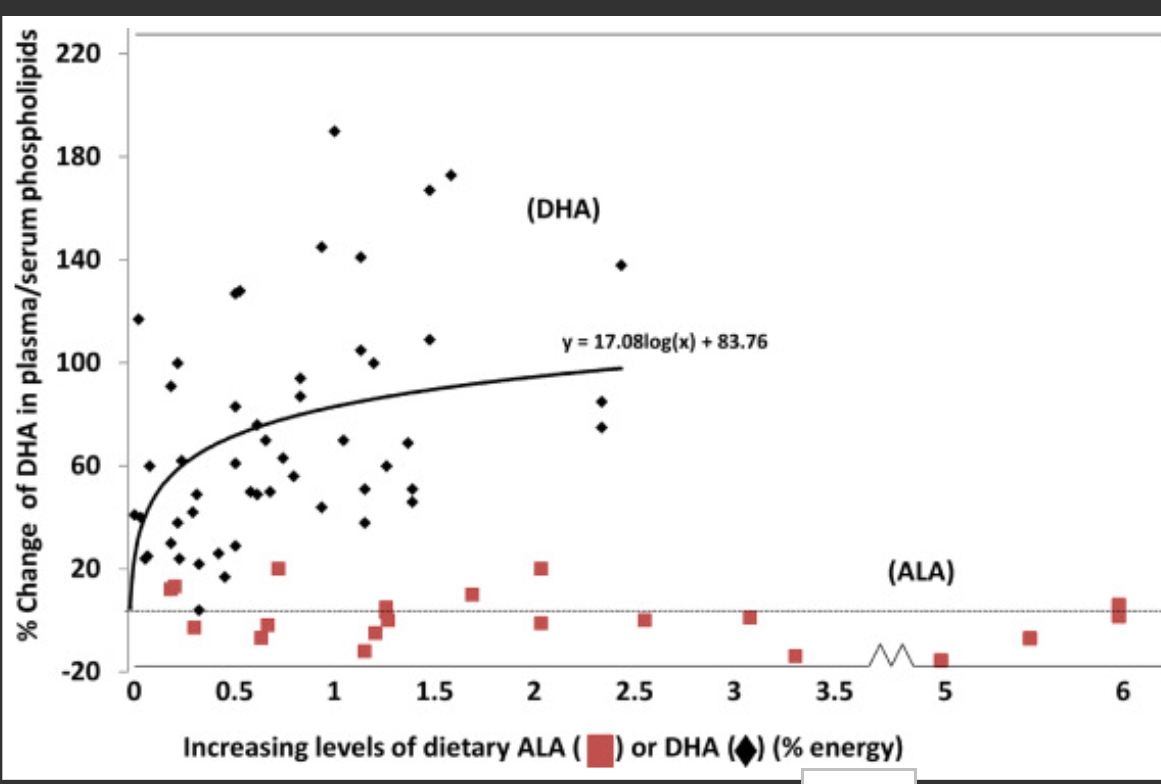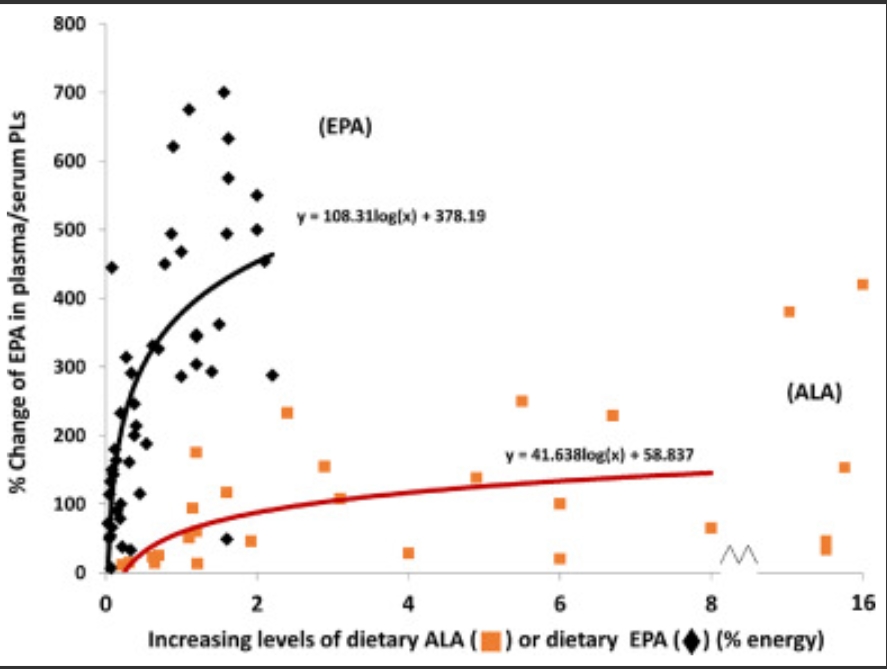Conversion of dietary polyunsaturated fats between humans and rodents: A review of allometric scaling models
J. Whelan Prostaglandins, Leukotrienes and Essential Fatty Acids: July 2020 (Volume 158)
Highlights
• Designing of rodent diets for translational validity to humans is difficult.
• Human equivalent doses in rodent diets should be used for translational validity.
• Using differences in energy between species is a promising mathematical model.
• Rodent diets should mimic human macronutrient distributions based on% energy.
The purpose of this research was to explore various allometric scaling models for dietary nutrients to improve translational validity between preclinical experimental rodent models and humans, focusing on polyunsaturated fats. Currently, there is no authoritative document that provides standardized guidelines for which dietary designs can be based on to improve translational fidelity between species. This paper reviews the challenges of using a rodent model, the major allometric scaling models, the use of these mathematical models to extrapolate human equivalent doses, and then tests one of these models using data generated in mice, with comparisons of data generated in human clinical trials. Mice were fed diets containing micro- and macronutrient compositions that approximated the US diet based on energy distribution and were then supplemented with increasing levels of various n-3 and n-6 polyunsaturated fatty acids at human equivalent doses. Changes in plasma and erythrocyte fatty acid phospholipid compositions were determined and compared to corresponding data generated in humans. Our findings suggest that basing lipid composition on percent of energy may result in comparable outcomes between mice and humans and that extrapolation of non-energy producing nutrients between species might be done using differences in energy needs (based on food intake).















